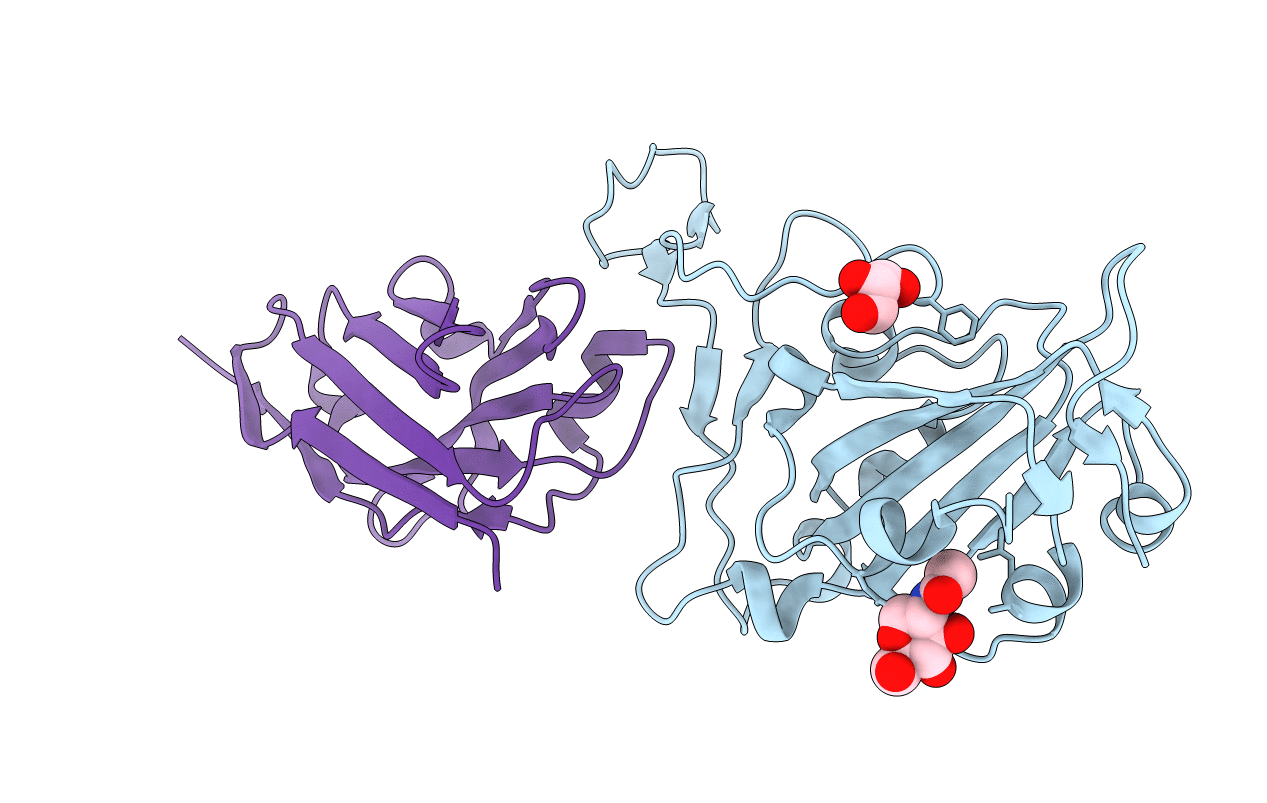
Deposition Date
2022-02-24
Release Date
2022-03-23
Last Version Date
2024-10-23
Entry Detail
Biological Source:
Source Organism:
Severe acute respiratory syndrome coronavirus 2 (Taxon ID: 2697049)
Lama glama (Taxon ID: 9844)
Lama glama (Taxon ID: 9844)
Host Organism:
Method Details:
Experimental Method:
Resolution:
1.55 Å
R-Value Free:
0.18
R-Value Work:
0.16
Space Group:
P 21 21 21


